The bizarre story of the former high-flying AFP cop who faked his own death
Scott Beynon’s devastated family might’ve never found out he was alive, if not for one decision made by the former AFP officer while on the run.
Scott Beynon had always been a strong swimmer.
This was one of the red flags raised by suspicious investigators when the former cop faked his own drowning off the coast of Torquay, with plans to wash up in New Zealand under an entirely new identity.
A state water polo champion by eighteen, a trained meteorologist, and a Federal Police agent, Beynon had always been a high flyer.
He held a Bachelor of Science, a Diploma of Education, and an Arts degree. Despite all his achievements, Beynon had given up on life.
At first, the 33-year-old had intended to kill himself.
His plan was to drive to Torquay Beach and swim out to sea but as he sat behind the break and waited for a rip to carry him to a watery grave, he panicked and his sense of preservation kicked in.
Beynon instead swam to shore, left his car and clothing where they were and caught public transport home.
His wife had left for a dinner date the pair had made in the city, so he was able to use this window of time to sneak in, grab some belongings, and hop a plane to Hobart.
By 9pm, his panicked wife had called authorities. The next day, the search for Beynon’s body began.

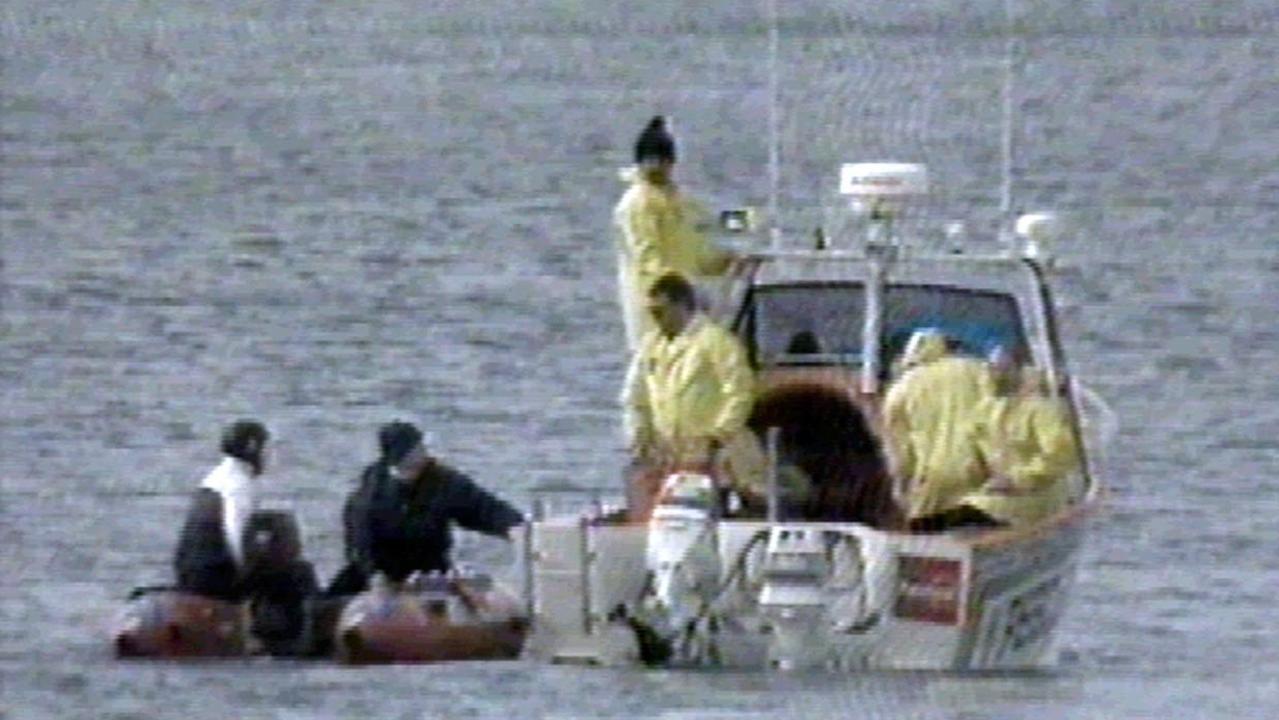
Beynon improvised his movements; a mistake when trying to disappear forever.
He stayed at a youth hostel in Hobart for a few weeks, before flying to Canberra to stay with a friend.
He told his friend he was going through marital difficulties, but omitted the part where everyone he loved was gathered in Melbourne for a memorial service in his honour.
Running low on funds, Beynon travelled to Wollongong, where he decided that he would next head to New Zealand on a freight ship.
There he would begin his new life.
The immediate problem was funds. The shipping company charged $600 for a trip across the sea, money he didn’t have.
This is where Beynon’s plan fell apart in the most dramatic fashion.

He walked into an Australia Post and handed a note to the lady behind the counter instructing her to hand over the money in the till.
“Be quiet and sensible,” the note demanded. “You can call the police as soon as I’m gone.” He lifted his jacket and flashed a knife.
As the postal worker spotted the knife protruding from his pocket, she panicked and yelled to her co-worker.
Passers-by heard the call, and rushed at Beynon as he attempted to flee, tackling him to the ground. The game was up.
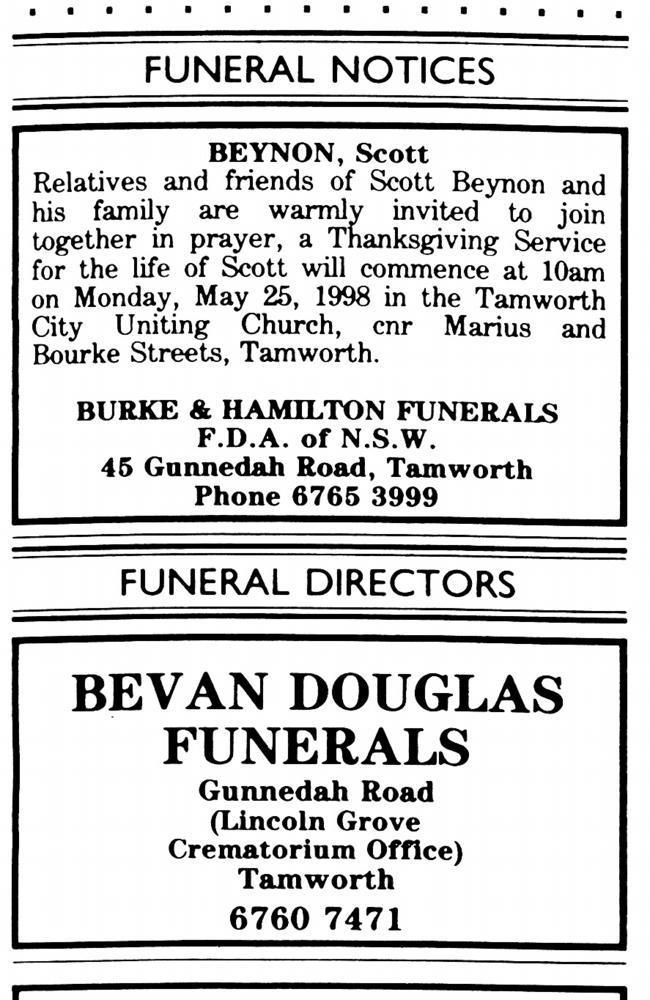
Beynon managed to stay missing for 29 days before his plan came undone on May 22, 1995. He was in police custody for a week under a false name, before his fingerprints identified him as a former member of the Federal Police.
“I don’t want my parents finding out,” Beynon said in his formal interview.
“They are really good people and all I’ve done is brought shame upon them.”
No mention was made of the wife he’d left in Melbourne, who was mourning his passing.
HOW TO DISAPPEAR WITHOUT A TRACE
Frank Ahearn is an expert on privacy.
He is the New York Times best-selling author of the 2010 book How to Disappear: Erase Your Digital Footprint, Leave False Trails, And Vanish Without A Trace, as well as two follow-ups on privacy in the digital age.
He works as a ‘skip tracer’, meaning Ahearn hunts down fugitives, including many who have attempted to falsify their own deaths.
Fake drownings are a common way of disappearing.
“The problem with faking one’s death is being able to produce a body,” he told news.com.au. “Therefore, those that do, figure they do it by a body of water or during a natural disaster. Sans a body.”
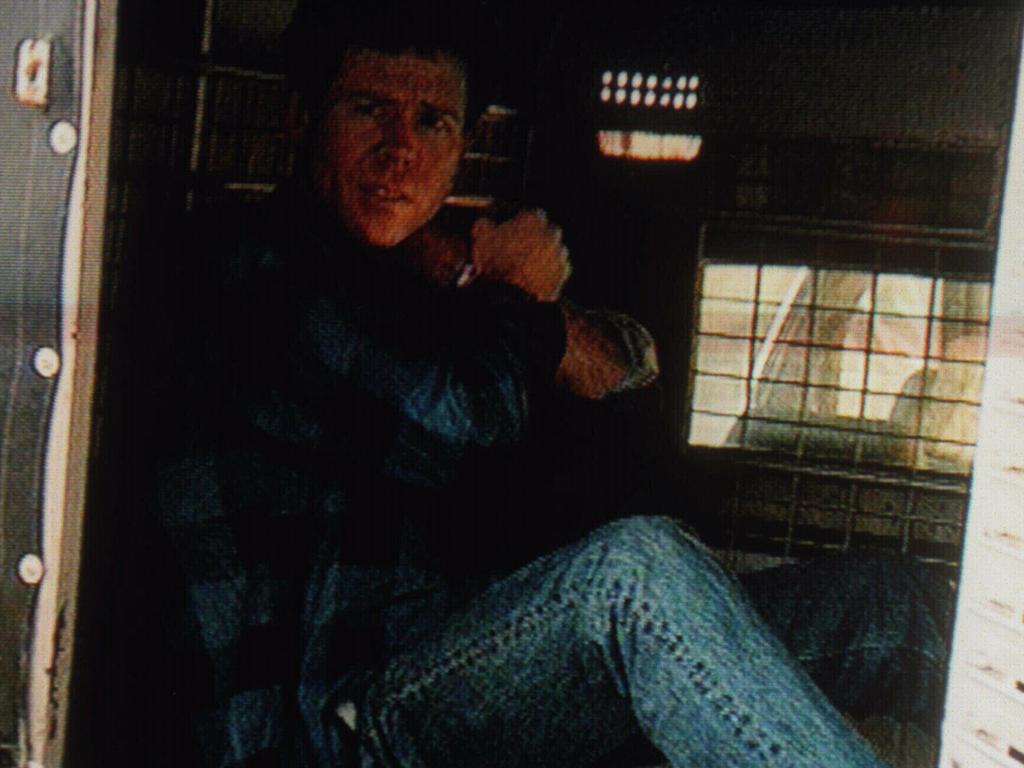

Rather than being the clean break many believe, this mode of disappearance sets off early red flags, especially when a body is not located.
“Law enforcement does not buy into the water deaths as easily as they did in the past,” Ahearn explains.
Acting Superintendent Wayne Carson of Geelong Police told crime writer Paul Anderson, who profiled Beynon’s case in a 2003 book, that he was never “totally convinced he had disappeared into the sea”.
“It’s normal in those circumstances that a part of the person’s body would have appeared on the beach.”
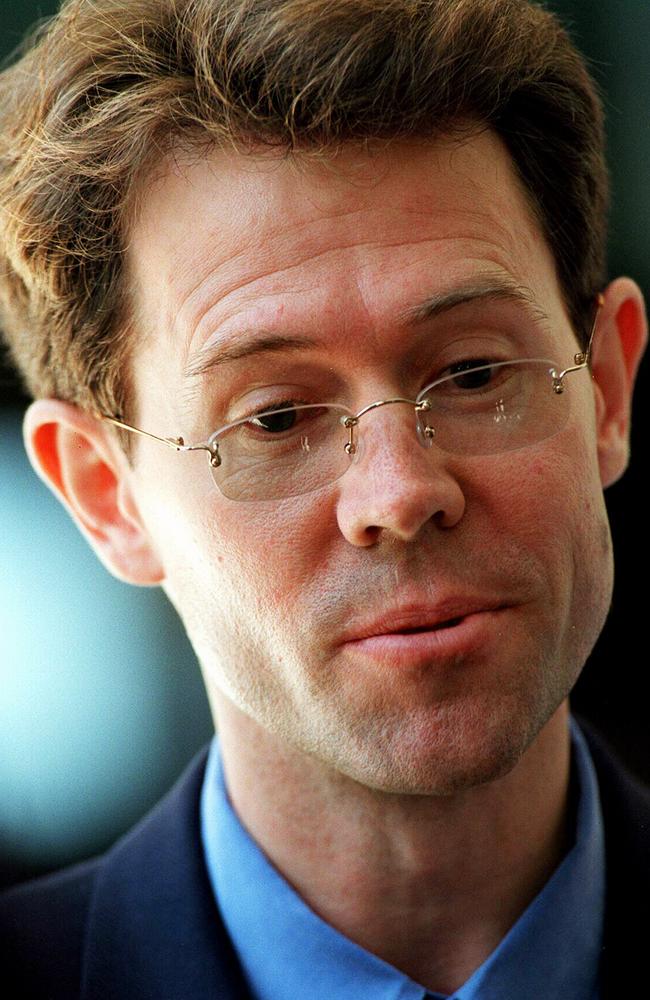
Torquay Surf Lifesaving Club president Eddie Beacham told journalists after Beynon’s deception was uncovered that he never bought the shark theory.
“Where he left his clothes was a very unusual place to go for a swim. The water at the time was very still, there was no swell. It was clear as a bell.”
Despite the doubts, Beynon was presumed drowned. And he may have escaped notice had he not drawn attention to himself in such a brazen, desperate manner.
Ahearn explains that Beynon committed one of the “gravest errors” one can make when attempting to disappear and start a new life.
“[He] made the master mistake of committing a crime to finance his disappearance,” he tells news.com.au.
“That is one of the gravest errors people who disappear commit. The purpose of disappearing is to disappear and go off the radar, not commit a crime and bring heat.”
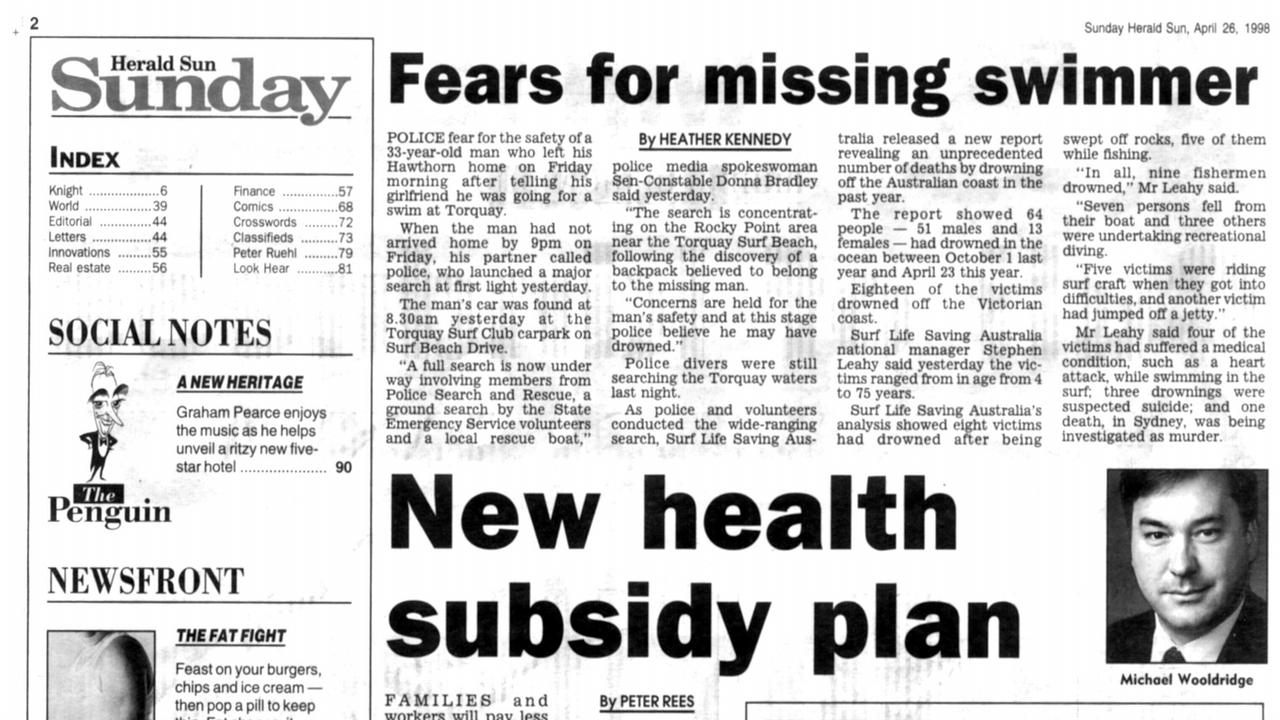
Bank accounts and day jobs are impossible when you aren’t meant to exist. Robbery is a way to get cash, but the risks are obvious enough.
“Bottom line is, not having enough money is a common error.”
PAYING FOR HIS CRIMES
Robert Beynon found out his missing son was still alive at the same time as millions of Australians, when the evening news broadcast footage of him in the back of a police van.
“All I can say is it is totally out of character for him,” the shocked father told the Herald Sun.
In court, Beynon’s defence hinged on a psychologist report that hypothesised that he was “in a state of severe distress and emotional instability” which at first drove him to suicide.
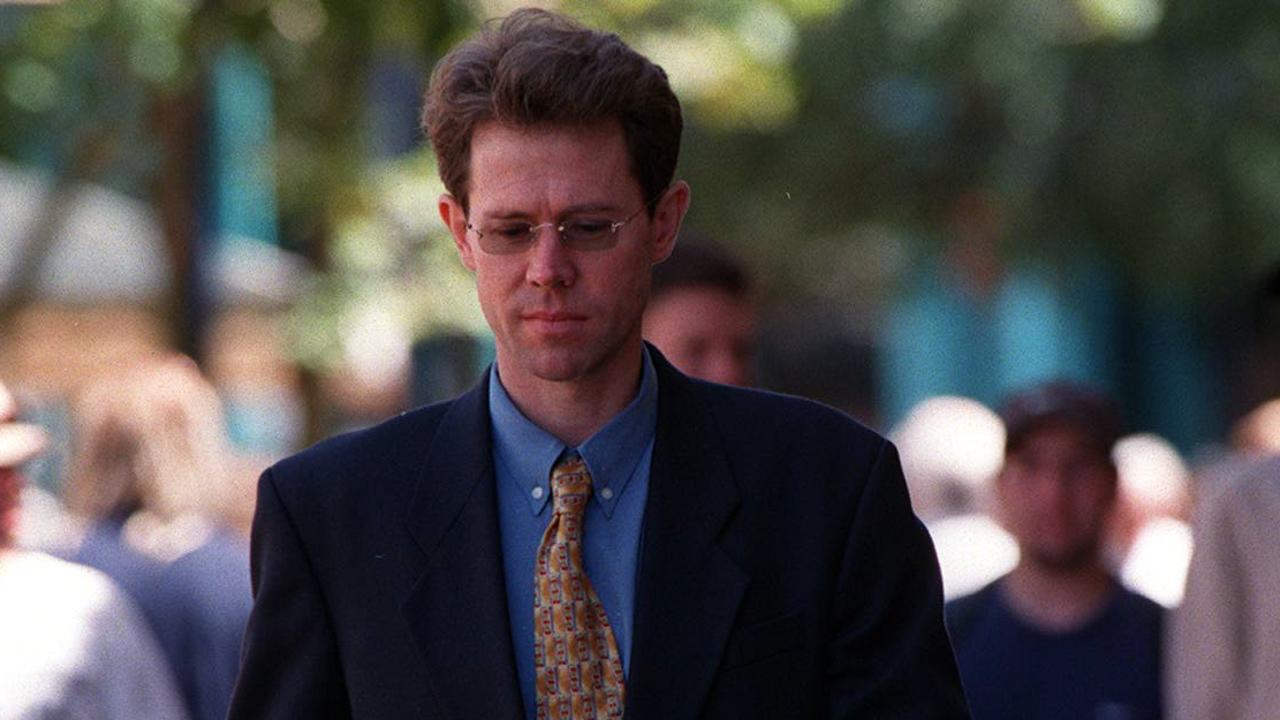
The report notes the way in which he planned to mask the act as an accident “was a function both of his severe depression at the time, and the need to save his wife and family to knowledge of the true extent of his feelings and to absolve them of any blame or guilt”.
Judge Joe Phelan was ultimately sympathetic to Beynon’s plight, suggesting the “instinct for life” that caused him not to commit suicide had rendered him “a fugitive without a name, papers or money”.
“The prisoner has a fundamental lack of confidence in himself and his ability to impress other people,” Judge Phelan surmised.
Beynon escaped NSW sentencing with only a $500 fine and a two-year good behaviour bond. Victorian courts were less forgiving about the wasted man hours, with a miffed judge ordering him to pay just under $17,000 to fund the costly four-day search and rescue effort.
The lack for foresight he gave to his escape plan seemed to have worked in his favour.
“The fact that it would be virtually impossible to create such an existence with a new identity in another country is a reflection of his lack of contact with reality at the time,” the psychology report read.
“His offence arose at a time when he was still in an extremely disturbed state.”

Beynon clarified for reporters gathered outside the court.
“I have suffered from a psychiatric illness for some time. As a result I had a breakdown. I attempted suicide at Torquay, however at the last moment I could not go through with that and tried to escape with my life by another means.”
FAMILY MATTERS
The manner in which Scott Beynon intended to take his life was to spare his wife the grief of knowing how unhappy with their life he had become.
Instead, his desperate and bungled plan dragged her through both public and private agony. Remarkably, the family unit stayed intact.
“I am currently with my wife and we intend to stay together,” Beynon told AAP outside the court, following his sentencing.
“I put her through the most horrendous grief and I am very ashamed of that.
“My wife is quite an extraordinary person and a very special person, and she has somehow
been able to forgive me.”
Magistrate Ian von Einem noted in his sentencing that the unforgiving publicity Beynon received was “a form of punishment in itself.”
This sentencing was in April, 1999. Twenty years have since passed.
With the glare of the media long focused elsewhere, and this case largely forgotten, Beynon has been left to disappear into the wider world.
If you or someone you know needs help, contact Lifeline on 13 11 14 or visit lifeline.org.au



